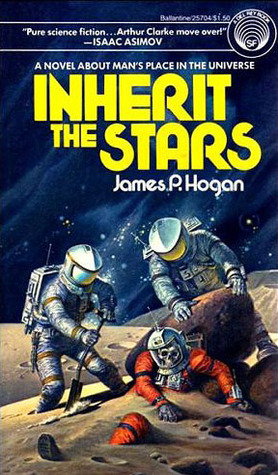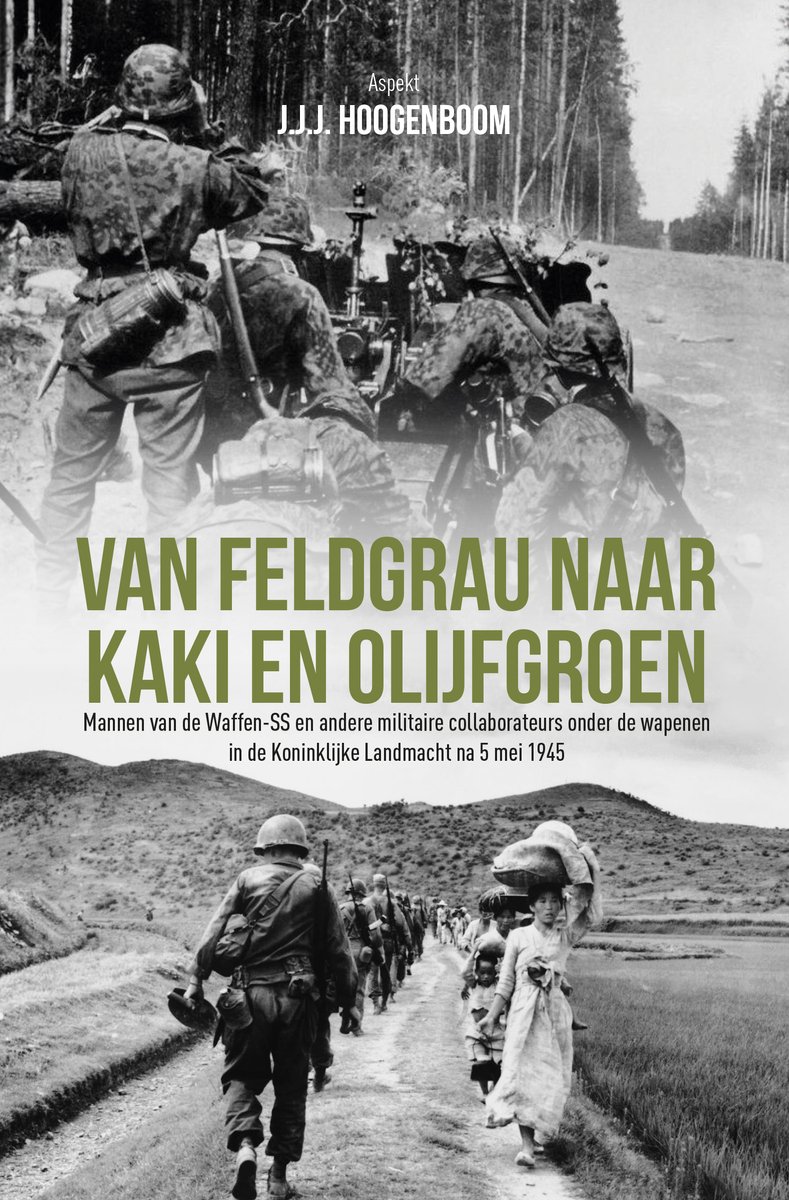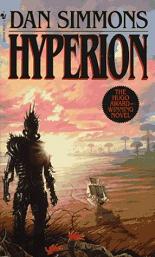
The Long Way to a Small, Angry Planet
Becky Chambers
518 pages
published in 2014
Galactic civilisation depends on wormhole travel. But before anybody can travel wormholes, somebody needs to build them first. This is where a ship like the Wayfarer comes in. Equipped with tools to create and drag a wormhole to where it’s needed, it can travel independently, it just takes much longer to get there, months or even years instead of near-instantaneously. A ship like the Wayfarer therefore depends not just on a competent crew, but one that’s close knit and able to stand each other’s company on those long voyages. And into this multi-species crew comes Rosemary Harper, newly hired clerk for the ship on her first job straight out of university on Mars. Even under normal circumstances it would be a challenge for Rosemary to make a place for herself among a group of people who’ve been working and living together for years, but she also hides a secret: she isn’t who she seems to be. Worse, Rosemary joins at just the right time for the Wayfarer to undertake its most ambitious, dangerous job ever: doing a blind punch to a system near the Galactic Core, home to one clan of an alien species newly admitted to the Galactic Commons, a species still at war with itself…
The perfect setup for a classic space opera story, in which our ragtag band of tunnel borers somehow save the Galaxy from some menace or other, but this is not quite the story Becky Chambers wants to tell. what interests her instead are the crew dynamics and how Rosemary fits in with her new co-workers. Her boss, captain Ashby is a human in love with an Aeluon woman, the two repair and tunneling technicians, Jenks and Kizzy are human too as is algae specialist Corbin. Ont he alien side there’s Sissix, a reptilian Aandrisk, the pilot of the ship and Dr. Chef, a Grum, a species that choose to let itself die out. As you guess from his name, he’s the ship’s cook and doctor. That the Wayfarer can navigate the wormhole tunnels at all is due to Ohan, a symbiotic being. Finally there’s the ship AI, Lovely, whom Jenkins is in love with. Among these people Rosemary has to find a place to fit in, as she slowly learns to get to know them during the long mission to that small, angry planet of the title.
Originally self published in 2014, The Long Way to a Small, Angry Planet caused quite a stir in 2015 and 2016, being nominated that year for most of the UK’s most prestigious science fiction awards: The Clarke Award, The Kitchies and the British Fantasy Awards. Because so focused on exploring relationships, gender and emotions rather than alien civilisations and strange new planets it also drew a lot of ire from sf fandom’s resident troglodytes, the Sad/Rabid Puppies. Which in turn led to a lot of their opponents to start champion it both for its own merits and as the sort of science fiction that annoyed reactionary scum like that. In the long term this may have hurt it somewhat as its reputation got exaggerated.
I first read The Long Way to a Small, Angry Planet and reread it earlier this year. At the time I liked it well enough but never got around to write up how I felt about it. Rereading it, I still liked it, but I can see why some people are annoyed by it for reasons outside of its politics. At times it feels as if you’re following Rosemary doing side quests in Mas Effect to find out her new companions’ tragic pasts, just with a lot more talking and a lot less action. There’s also remarkably little friction between crew members: everybody gets along with everybody else, with the sole exception of Corbin, who is a bit of a pain in the neck by the book busybody and somewhat racist in his relationships with the non-human members of the crew. A bit like Blakey from On the Buses to use a reference older than me. The rest of the crew barely tolerates him and you wonder why he’s there. You feel the author’s thumb on the scale with him.
I can understand then why somebody like British science fiction critic Paul Kincaid, not a reactionary fellow by any means, loathes it:
But in Chambers you get no sense that meeting across the divide involves any real and continuing sense of discomfort, that you might choose awkwardness in order to engage with the other. Everything in Chambers struck me as too comfortable, too easy, every challenge was overcome with the minimum of bother and no genuine sense of threat.
Even if I disagree with it, I can understand where he’s coming from. In a way it reads like fanfiction. The emphasis on relationship and characters talking to each other, the lack of action, the vague feeling you’re already supposed to know these people. It certainly scratches the same itch fanfic does for me. If what you want from your science fiction is something that challenges you, either with ideas, plot or writing, The Long Way to a Small, Angry Planet will disappoint you. If you want something that’s humanist and uplifting in the broadest sense of the words, something comforting but not patronising, The Long Way to a Small, Angry Planet is ideal. And I think this is what ironically made it such a polarising book at the time, as these qualities immediately repulsed Puppies as much as it attracted more progressive science fiction readers. Depending on your allegiance you had to either like or dislike it, which has made it difficult to judge on its own merits.
It also inevitably led to a backlash as fandom has moved away from that particular controversy and new readers and critics started to re-examine it, which is where we are now. The Long Way to a Small, Angry Planet kicked of a wave of similar “cozy” science fiction and fantasy books and not all of them were as good as Chambers’, which means that by now it has gotten in for an undeserved bit of kicking as the exemplar of unchallenging Tumblr generation “woke” fiction. On its own though it is an enjoyable read, novel for the emphasis it puts on emotions and relationships in a subgenre that’s usually more concerned with battles and existential crisises.



